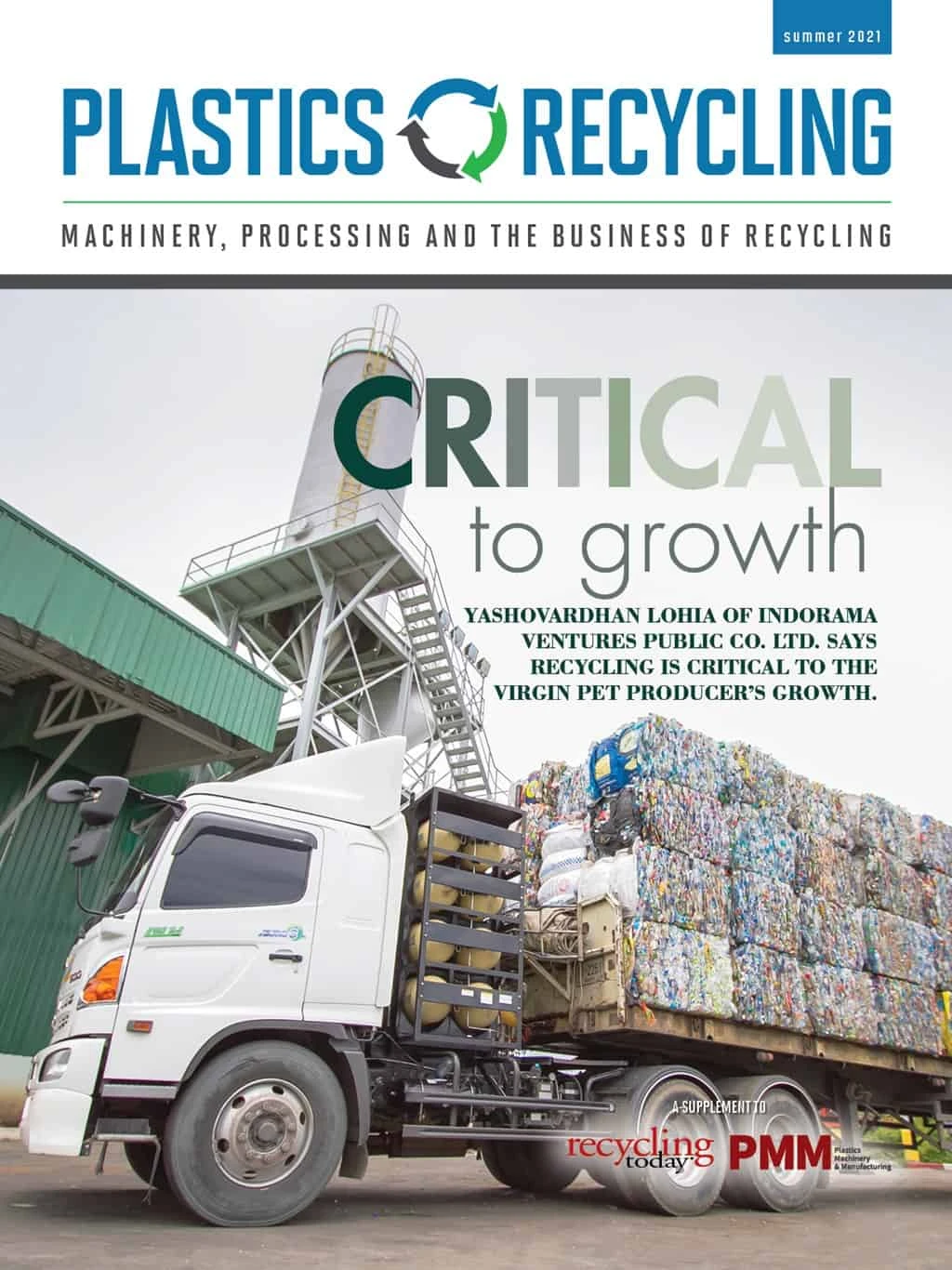
Chroma Color Corp., based in McHenry, Illinois, recently introduced a carbon black alternative colorant for producing black plastic products that are compatible with automated sorting equipment at material recovery facilities (MRFs). MRFs typically use near-infrared (NIR) optical sorters to separate plastics. The challenge with NIR technology is its inability to identify most black plastic products.
“Carbon black is a relatively inexpensive pigment,” says Hari Rajaraman, an R&D and marketing specialist with Chroma Color. “It’s available in different particle sizes. We can control the jetness and the undertone. So, most of the products that are black are colored using carbon black, but the problem with carbon black is it absorbs IR [infrared], and in a recycling process, the technology uses NIR sorters.”
Chroma Color’s NIR-sortable black concentrates allow optical sorters at MRFs to accurately and repeatedly identify and sort plastic packaging, the company says. The concentrates are based upon IR-reflecting/transparent pigments and a proprietary combination of dyes and organic pigments.
The solid concentrate masterbatches are available in various resins, including those most commonly used in packaging: acrylonitrile butadiene styrene, polyethylene terephthalate (PET), polyethylene (PE), polypropylene (PP) and polystyrene. The colorant is nonmigratory, so it does not transfer from the package to the contents, is heat stable and U.S. Food and Drug Administration (FDA) approved, the company says.
Chroma Color also launched the ChromaPCRPET colorant line for recycled PET, allowing brand owners to increase the amount of postconsumer resin (PCR) in their packaging. It is a solid concentrate masterbatch that uses a 100 percent recycled PET carrier and can be used to produce PET sheet and bottles. It is FDA-compliant with a no objection letter, according to Chroma Color.
More companies want to state that they use 100 percent PCR in their packaging, Rajaraman says. “In many cases, the resin that’s currently used in the color concentrate is a virgin resin,” he says. “So, the end-user cannot claim that the bottle or the cap is 100 percent PCR, and there is an increasing demand to address that. To address it, we have launched a product in PET that uses a PCR carrier, so that when a customer uses our color concentrate, they can claim the packaging is made of 100 percent PCR.”
Rajaraman says Chroma Color also is developing similar PCR-based products for PE and PP.

Explore the Summer 2021 Plastics Recycling Issue
Check out more from this issue and find your next story to read.
Latest from Recycling Today
- Phoenix Technologies closes Ohio rPET facility
- EPA selects 2 governments in Pennsylvania to receive recycling, waste grants
- NWRA Florida Chapter announces 2025 Legislative Champion Awards
- Goldman Sachs Research: Copper prices to decline in 2026
- Tomra opens London RVM showroom
- Ball Corp. makes European investment
- Harbor Logistics adds business development executive
- Emerald Packaging replaces more than 1M pounds of virgin plastic





